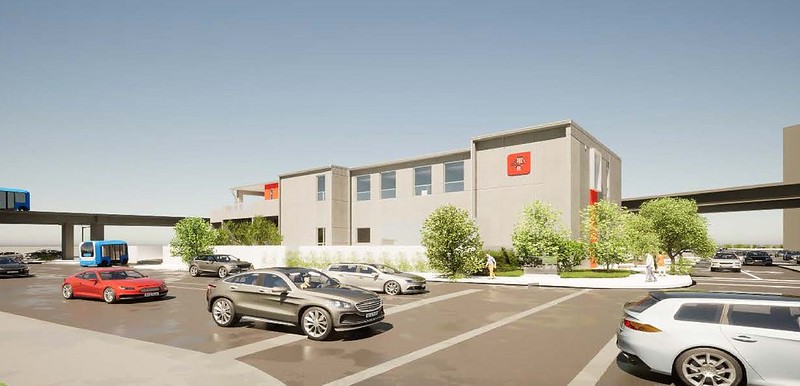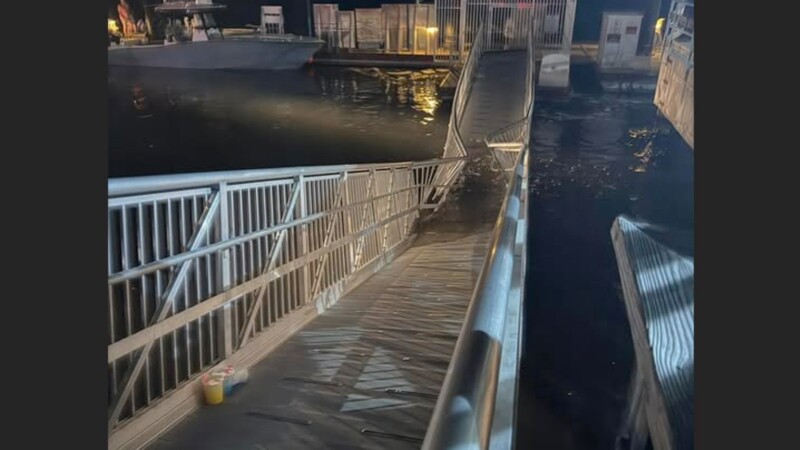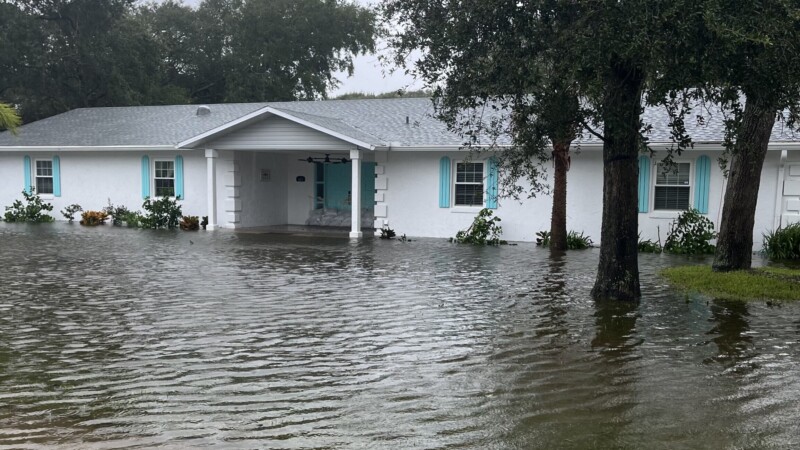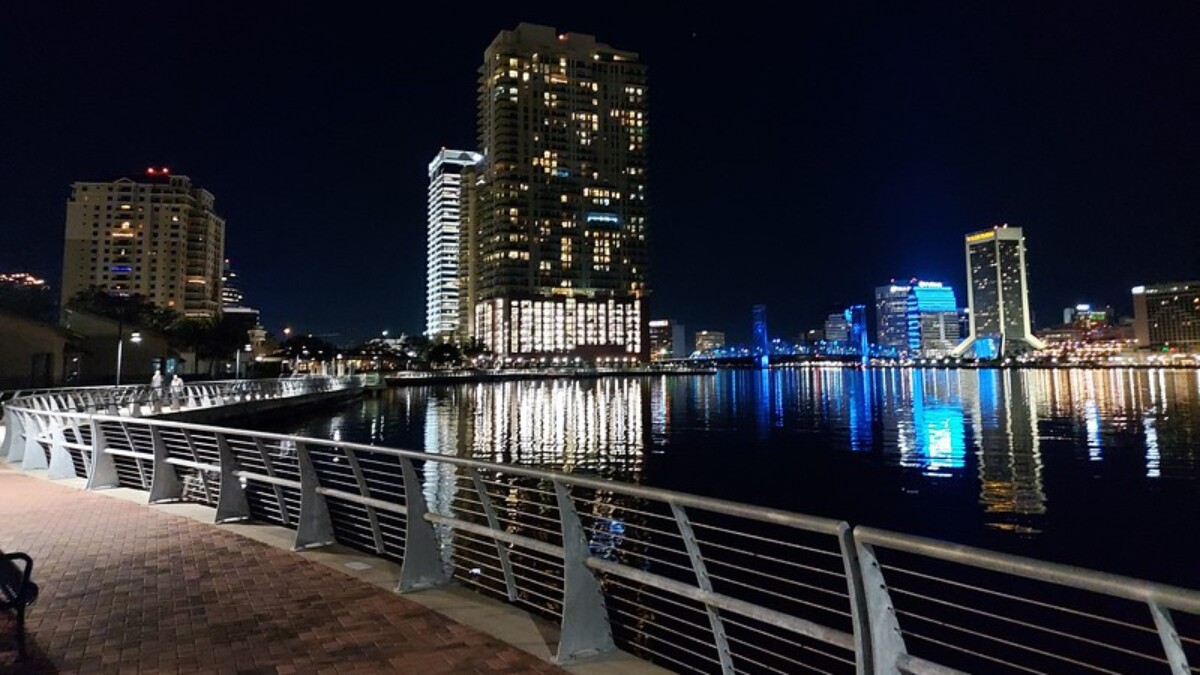
The Jacksonville Transportation Authority plans to construct a new multi-million dollar operations and maintenance facility in LaVilla for the proposed autonomous Ultimate Urban Circulator (U2C) project. But as proposed, the project’s design does not align with design standards and vision for Downtown Jacksonville. Here are six recommendations that could significantly enhance the final product.
1. Don’t build a duplicate O&M facility

JTA already has O&M facilities for the current Skyway vehicles in LaVilla and Brooklyn, including property just a quarter mile away on Leila Street. If plans for the Skyway are to convert the system into the U2C autonomous pods, one or the other of these properties will be redundant. Our top recommendation would be to save taxpayers millions by utilizing space within one of three existing JTA-owned facilities.
2. Relocate the main entrance to face the corner of Jefferson and Water Street

Again, using an existing facility instead of building a new one is most logical, but such a decision isn’t under the Downtown Development Review Board’s (DDRB) purview. As such, let’s take a look at the proposed building design. Jefferson Street is the only pedestrian connection between this section of the Downtown Northbank, LaVilla and Brooklyn. The proposed building’s current main entrance turns its back to the street. As a result, the project creates a pedestrian-hostile dead space for a full block of Jefferson Street. This situation can immediately change by relocating the building’s main entrance to face the intersection of Jefferson and Water Street.
3. Relocate the mechanical equipment yard

Jefferson Street is the primary street near the proposed building, but the facility’s design treats it as an afterthought by placing mechanical equipment between the building and the existing sidewalk. Relocate this equipment to the rear of the property or under the existing overhead Skyway structure on the east side of the proposed building.
4. Embrace Mixed-Use

Until its intentional destruction, LaVilla was a great local example of a dense community with a mix of uses designed to interact with the pedestrian. The revitalization of this pedestrian-centric setting is the core vision of the LaVilla community and many Downtown advocates. Despite the promotion of the U2C system as something innovative, that vision isn’t reflected in this proposed facility’s ability to integrate with its surroundings.
Embrace innovation by exploring opportunities to include a mix of uses and public spaces to contribute to the rebirth of the LaVilla neighborhood. This means adding a publicly accessible component to the project, primarily along Jefferson and West Bay streets, whether that’s commercial space, a park, a public amenity or something else truly groundbreaking.
5. Pay architectural homage to Railroad Row’s past

Prior to Prohibition, this section of LaVilla was known as Railroad Row and was the epicenter of Jacksonville’s early brewery and distillery industries. The JTA U2C O&M facility site was the site of Bergner & Engle Brewing, the Joseph Zapf Co. and Anheuser-Busch.
In 1892, the warehouse was the location of a nationally recognized civil rights event when the local Black community came together and took up arms to prevent a lynching. The community’s efforts to fend of a lynch mob caught the attention of Ida B. Wells-Barnett, an early national leader in the civil rights movement and one of the most outspoken enemies of lynching. On October 26, 1892, Wells-Barnett published her research on lynching in a pamphlet titled Southern Horrors: Lynch Law in All Its Phases. After highlighting several lynching cases across the country, Wells-Barnett concluded her document by using the Jacksonville incident as an example of how self-help could overcome lynchings.
In the spirit of paying homage to LaVilla’s historically unique sense of place and architectural heritage, consider a design that links the past with the present.
6. Design for a second lease on life

Despite years of promises and promotional press releases, the prospect of autonomous vehicles operating in urbanized settings anytime soon remains highly questionable. Despite JTA’s best intentions, questions swirl about the future of autonomous vehicles, and even the companies researching driverless technology are expressing skepticism. As such, JTA’s O&M building could be obsolete within a short time after its completion.
Locally, Jacksonville needs to accept the fact that there’s a strong possibility the U2C never comes to fruition as envisioned. For the protection of the taxpayer and this area’s future, design consideration of this structure should be done with a mind on the possibility of adaptive reuse. If we don’t build a structure that could be adapted into another use, we could find ourselves staring at a functionally useless building. But do it right, and we could see the place being renovated into a craft brewery, wholesale bakery or other positive use.







